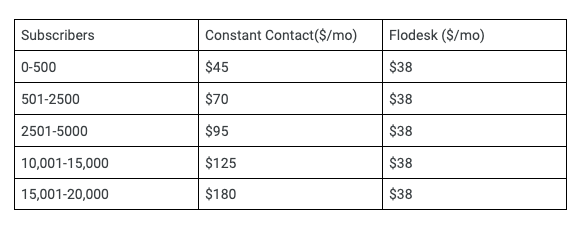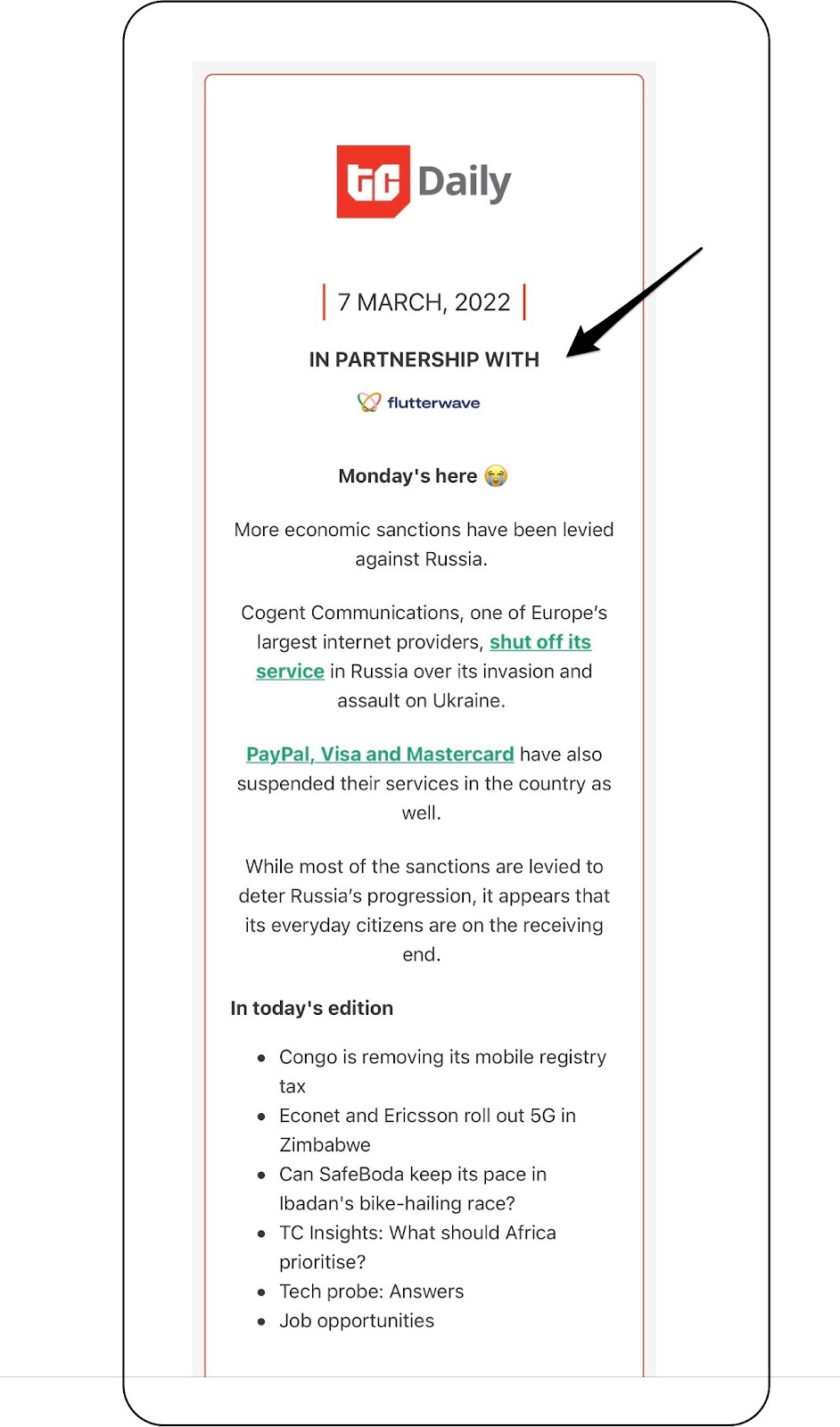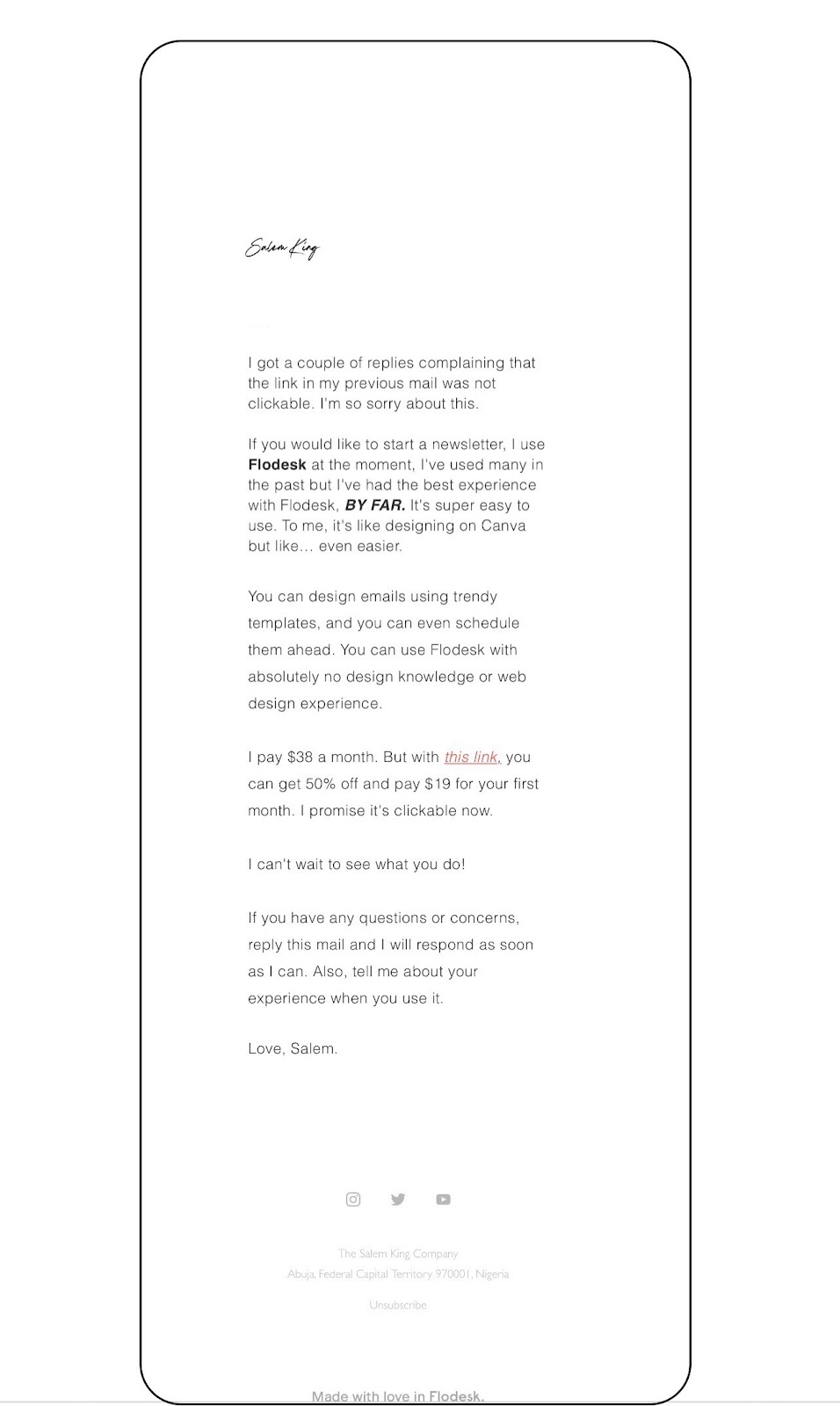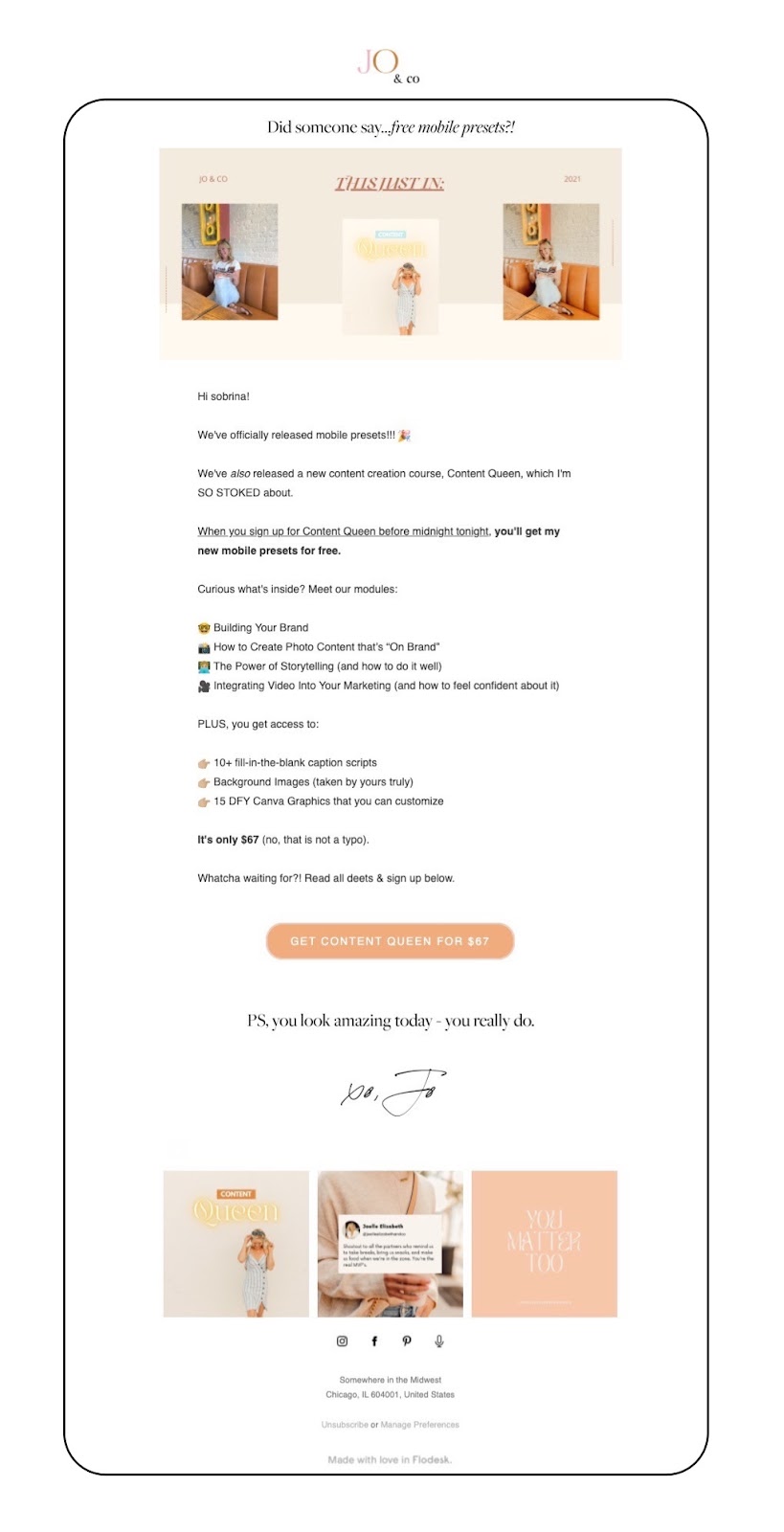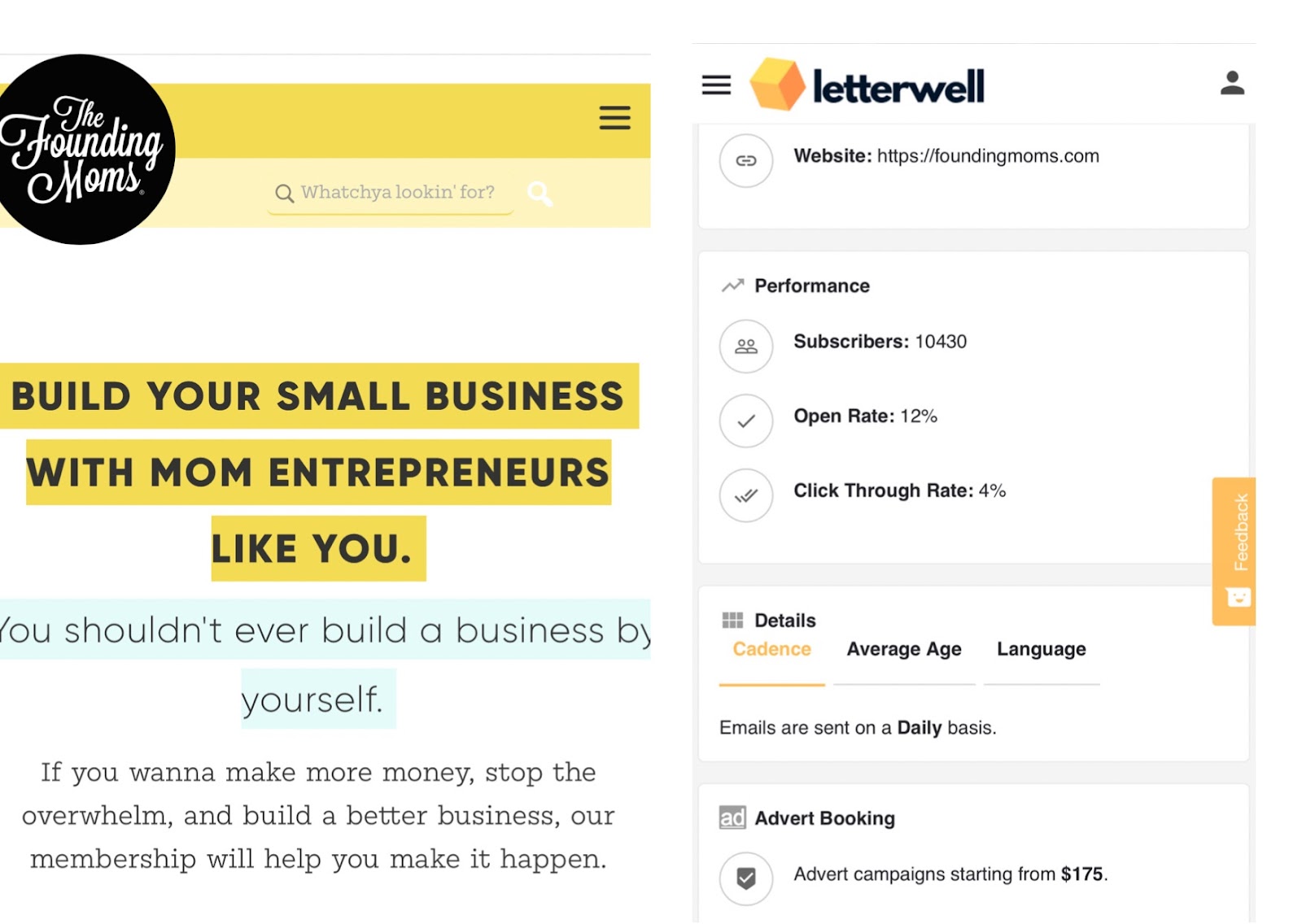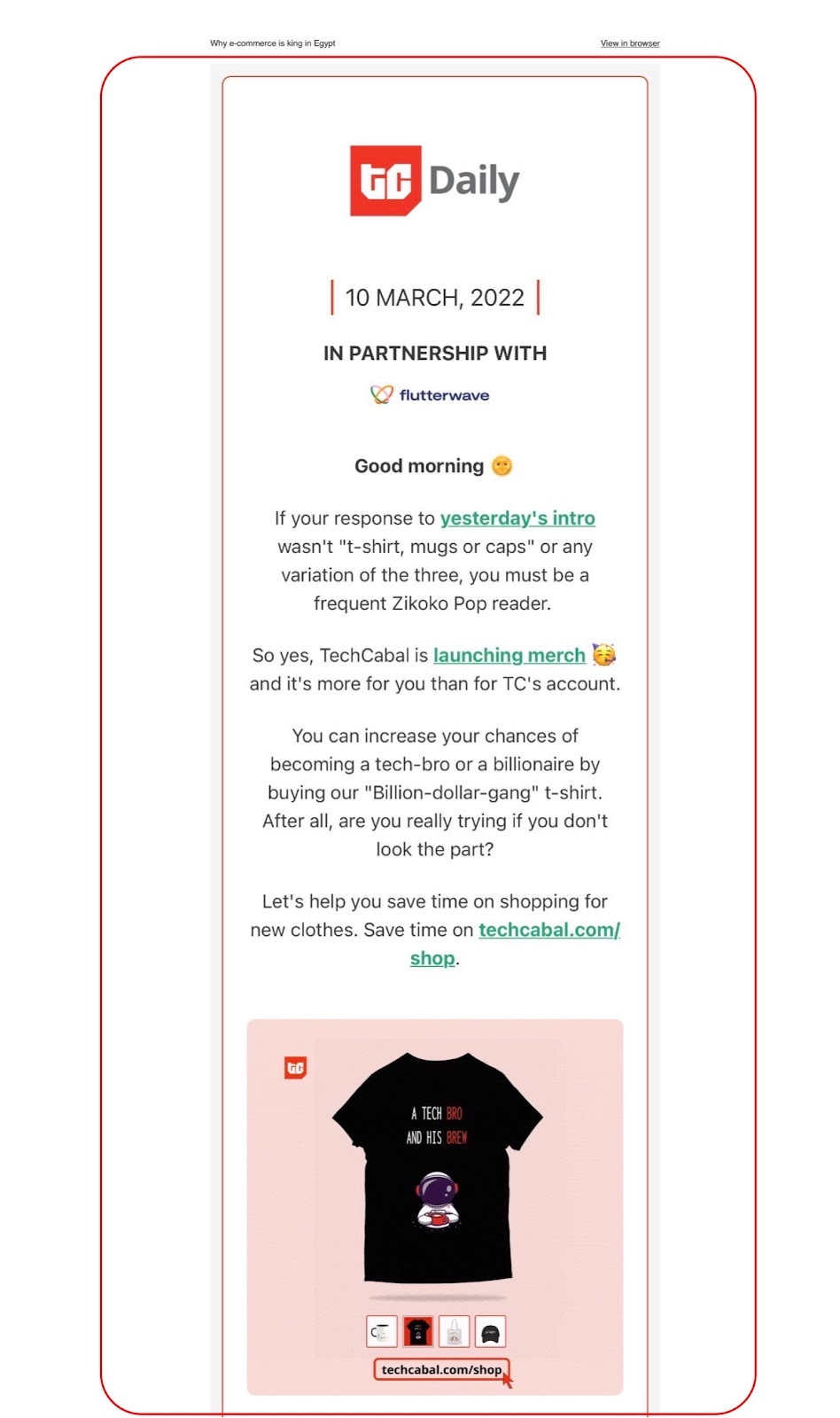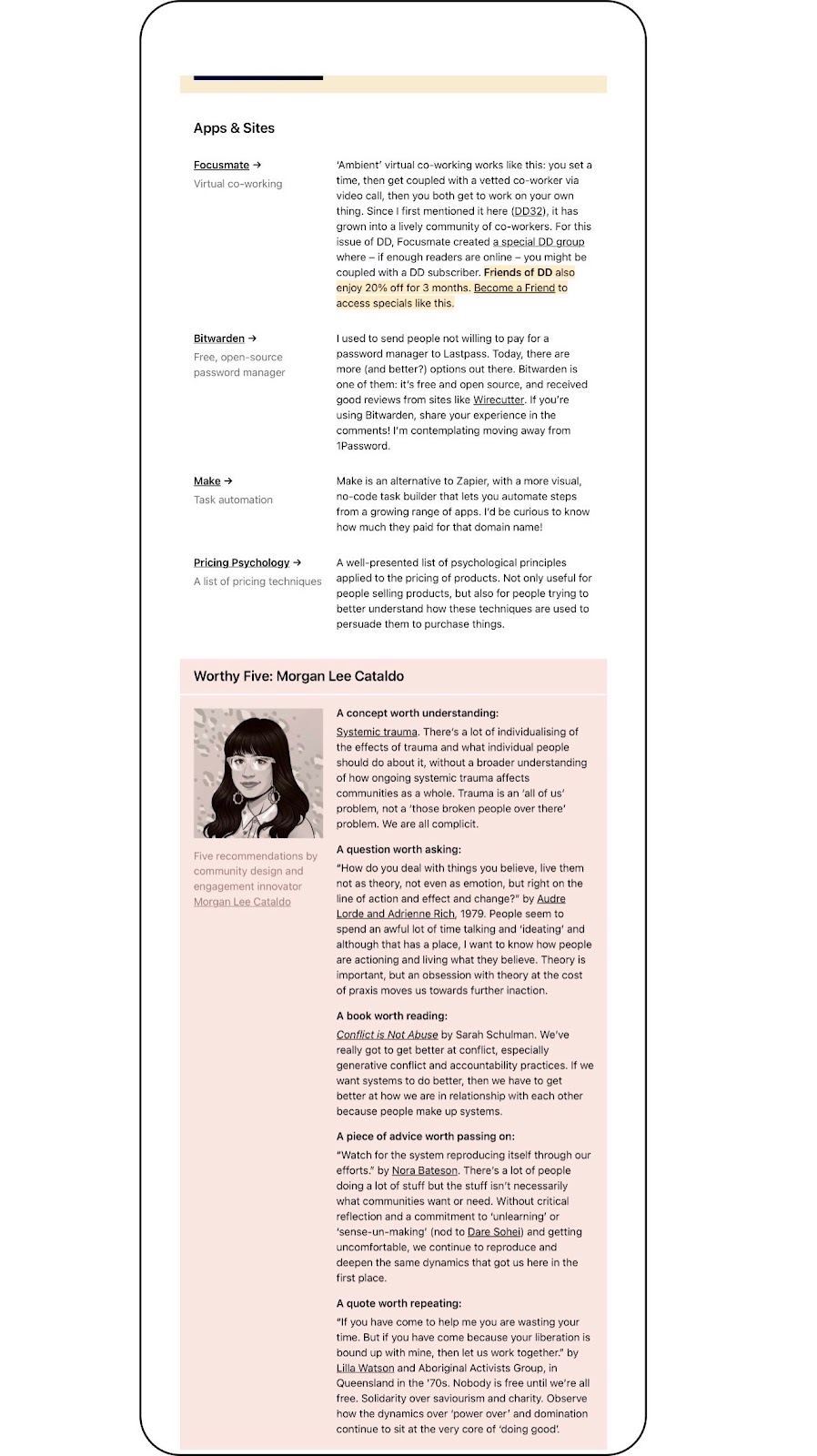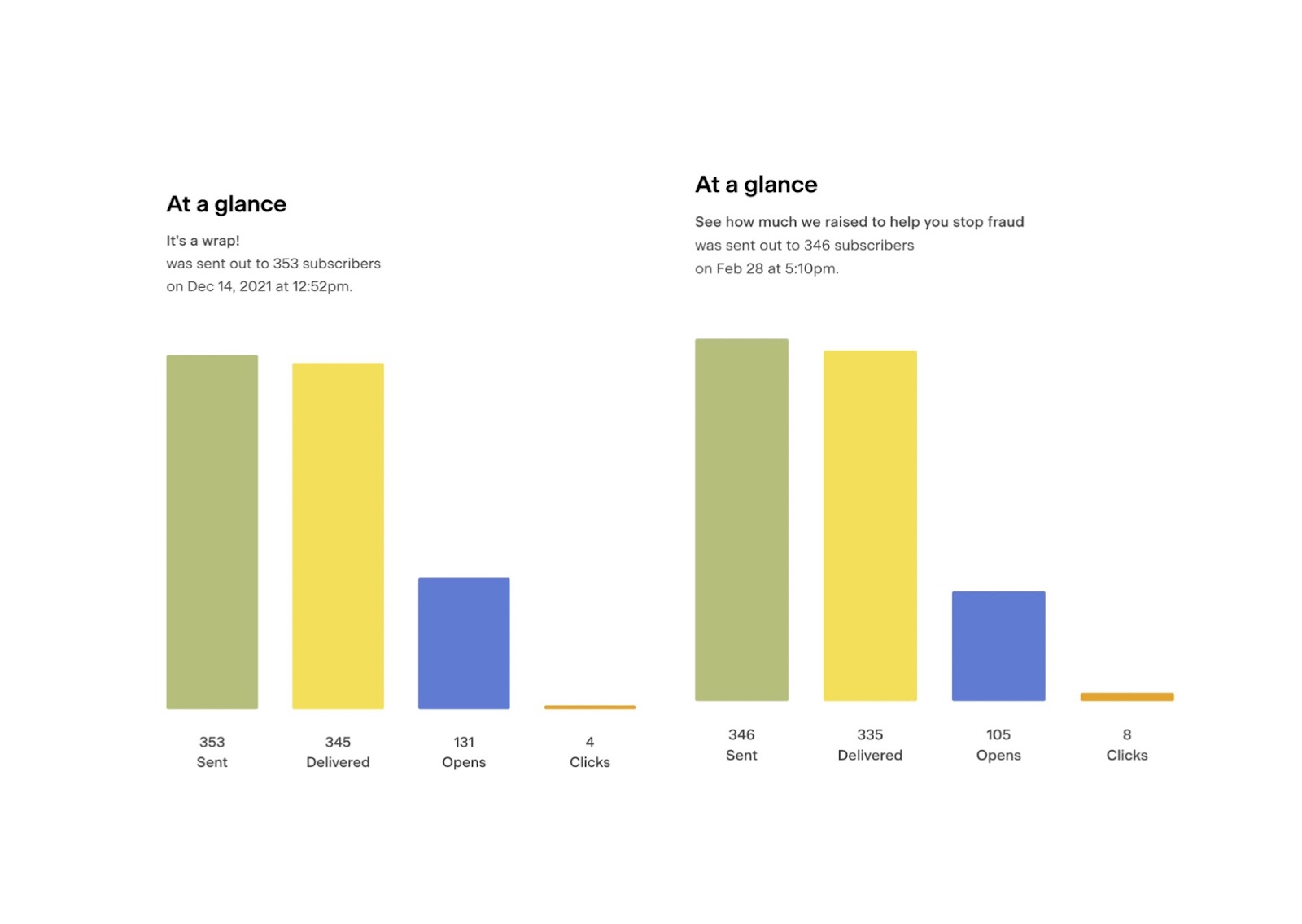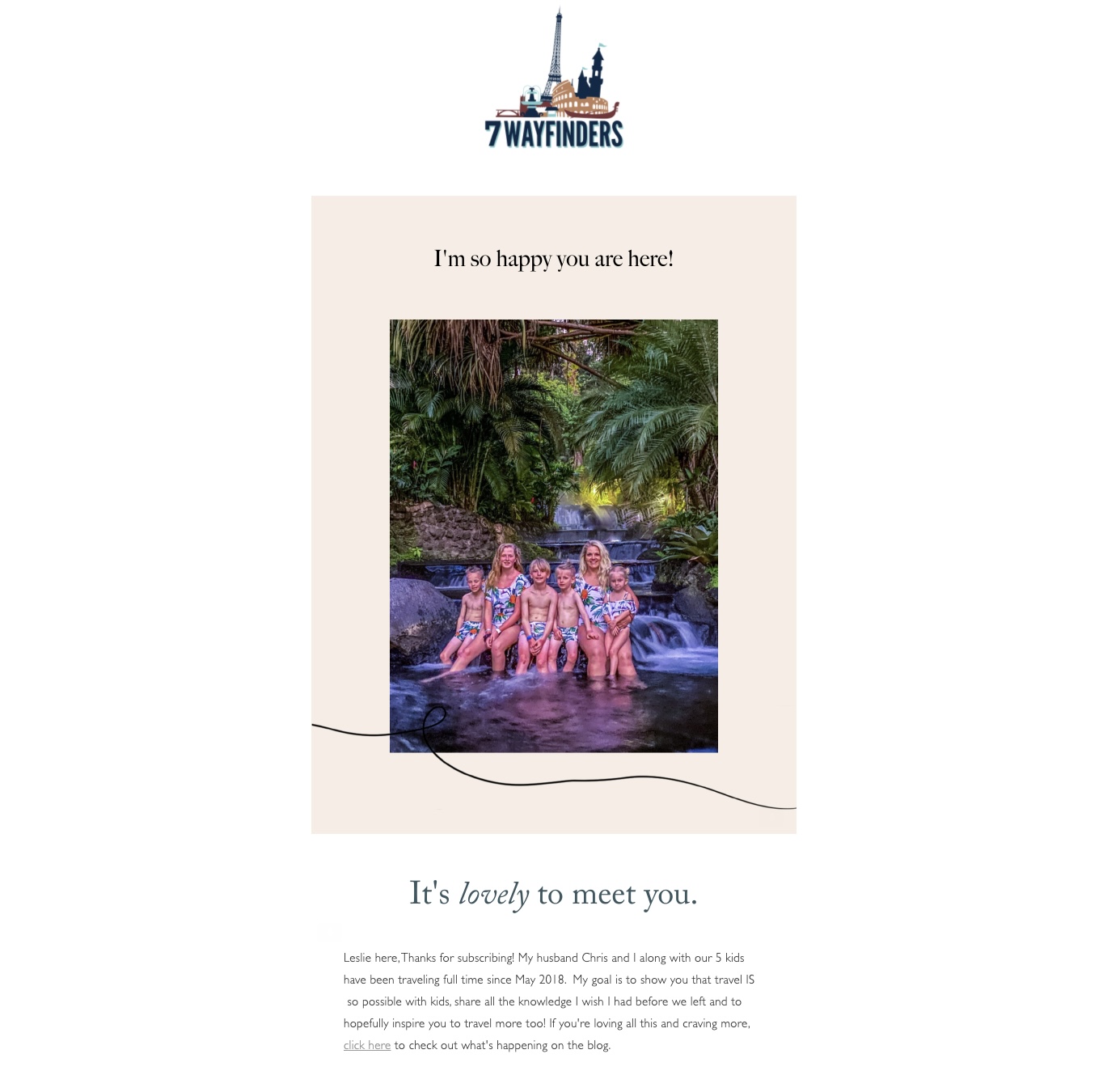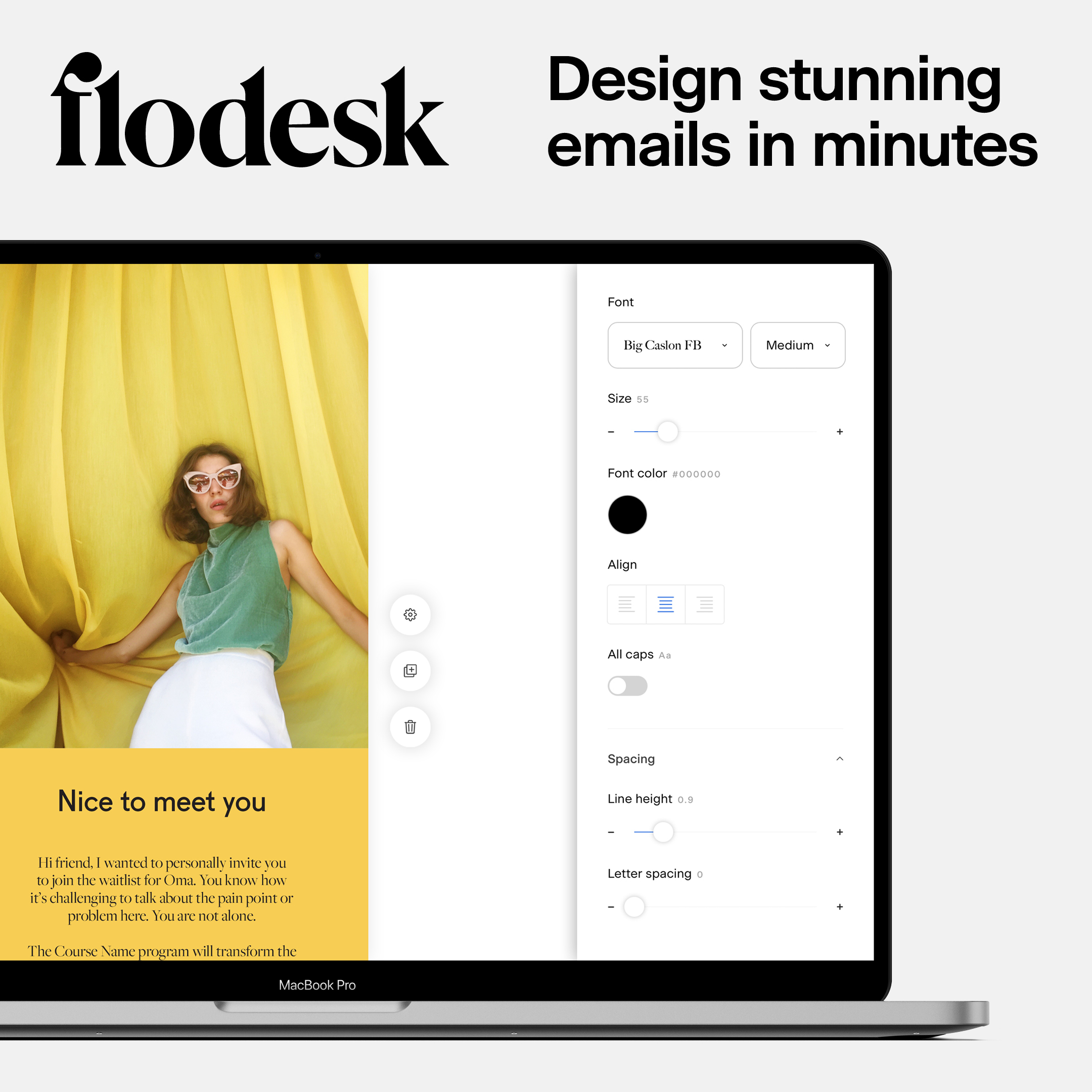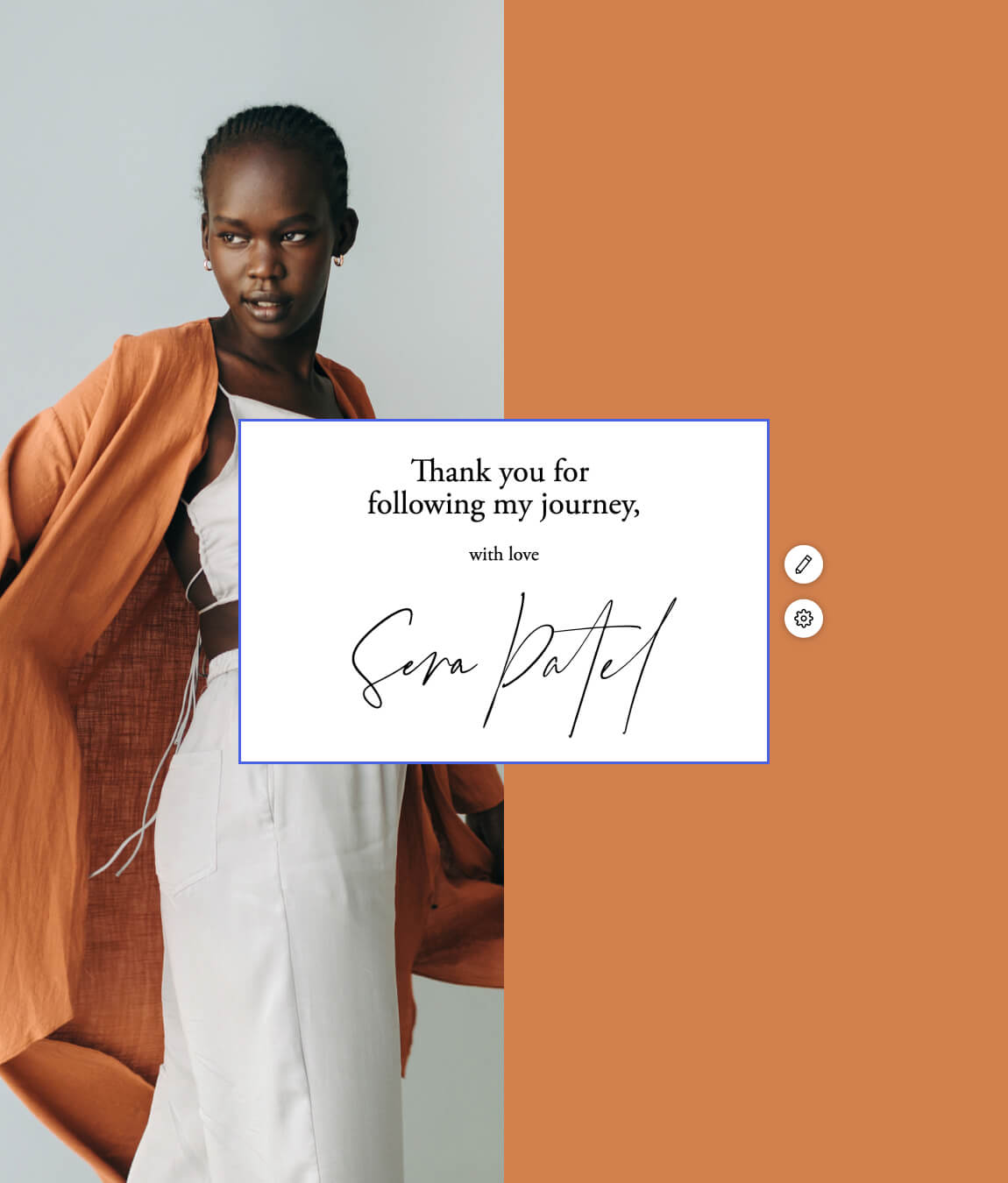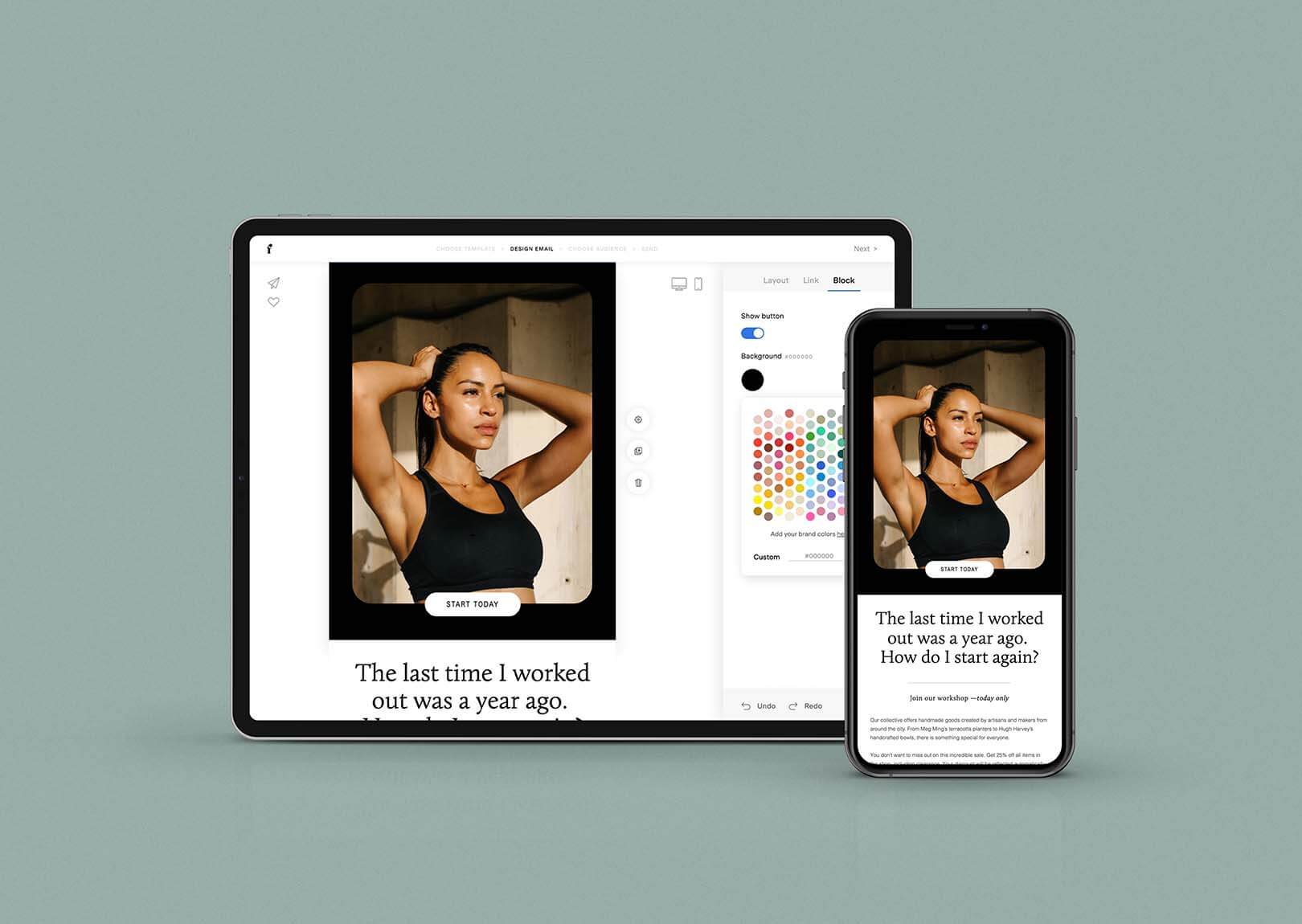How to Monetize a Newsletter: 6 Proven Methods (With Examples)
Table of Contents Jump to:
Jump to:
Table of contents
There is no better time to learn how to monetize your email newsletters. In 2020 alone, digital subscription circulation grew by 3.3% worldwide, with retention rates exceeding 96%.
Besides helping you grow your audience and diversify revenue streams, email marketing offers a high return on investment: $40 for every $1 spent.
There are several methods of newsletter monetization, and it can be hard to figure out which option is right for you. We’re here to help. In this article, you’ll find:
- How to monetize a newsletter
- 6 proven ways to monetize a newsletter, which are:
- Premium newsletter subscriptions
- Sponsored content
- Affiliate marketing
- Sell your digital or physical products/services
- Provide an ads space in your emails
- Sell branded merch
- Best practices for monetizing your newsletter
Let’s get started!
Get unlimited email sends & subscribers with Flodesk
We’ll never increase pricing because your email list is growing
Here’s a step-by-step guide on how to choose a monetization method that suits you and your subscribers, with tips to help you make the most out of your preferred monetization strategy.
Determine how to monetize your emails
There are many ways to generate revenue from your newsletter, but not all methods will work for you.
So, the first step is to figure out which approach you want to take, and to do that, the first action to take is to consider compatibility. You want to make sure that your chosen monetization strategy benefits not only you as an entrepreneur, but also your newsletter subscribers.
Take affiliate marketing as an example; here, you include links to specific products within your newsletter. For this strategy to be successful, you need to choose products that your subscribers will truly benefit from—otherwise, you risk losing their trust.
Case in point: Flodesk member Cathy, a lifestyle blogger at Poor Little It Girl, provides summer fashion advice to her subscribers. She builds on this trust to give a product recommendation using her affiliate link. Cathy is a good example of someone using a monetization method that is suitable for herself and her audience.
See if you have the resources to monetize
Now that you’ve decided on a monetization method, you need to check if you have what’s needed to run with it.
Take the sponsored content strategy as an example. Companies usually partner with newsletters that have high engagement rates and a large number of subscribers.
So if you are considering monetizing via sponsorship, you need to ask, “Do I have a large enough audience/engagement rate to attract sponsors?”
Even if you choose to go the premium newsletter route, you need to make sure you have several years of industry experience to inform your content. What we’re saying is, don’t just choose a method that looks lucrative. Ensure you have the criteria needed to succeed within it.
See if it’s profitable
Once you’ve monetized your newsletter, you want to make sure that you are getting the best possible return on your investment. So, pay attention to the costs and profits involved, and reassess your plans if you aren’t getting enough in return.
For instance, let’s say you decide to go with the option of selling paid subscriptions for your newsletter. This monetization method can result in immense profits—the most well-known example is Scott’s Cheap Flights, which generates over $300,000 in revenue per month.
However, as your list grows, you notice the fees from your email newsletter service provider (ESP) keep increasing—meaning your profits are decreasing.
You can either consider another monetization method, or you can switch to an ESP that charges a flat rate regardless of your number of subscribers.
For example, look at the differences in rates between Constant Contact and Flodesk as your list grows. You can see how the service provider you choose can have a big impact on your monthly expenses.
Learn more about newsletter costs in The Ultimate Newsletter Cost Breakdown to Maximize ROI.
Get unlimited email sends & subscribers with Flodesk
We’ll never increase pricing because your email list is growing
Now that you know the basics, we’ll cover the best ways to monetize your newsletter with real-life examples you can use for inspiration. Let’s dive in!
One approach to monetizing your newsletter is to offer a paid subscription that gives people access to premium content. This might include exclusive articles, eBooks, digital templates or even a members-only online discussion forum.
A good way to start a paid newsletter subscription is to have a free version but with limited features. Another way is to offer a free trial. Research has shown that offering free trials converts customers at an average rate of 25%.
Benefits of this monetization strategy include:
- Easily scalable: the effort required to email one person is almost the same as messaging thousands of subscribers.
- Generating passive income: By taking advantage of automation, your paid newsletter can earn your money on autopilot, even when you’re busy with other things.
A good example of a subscription newsletter with free and paid plans is Stratechery. They provide an analysis of the strategy and business side of technology and media and the impact of technology on society. Subscribers receive three additional newsletters per week plus access to exclusive interviews.
2. Publish sponsored content
This business model involves sharing free content while monetizing through partnering with brands to advertise their products or services.
Unlike ad placements (which we’ll address below), this partnership is usually a long-term agreement based on a mutual relationship, with a reserved spot in the newsletter for the partnering brand.
Benefits of this monetization strategy include:
- Building brand relationships: In addition to being compensated for the sponsored content in your newsletter, you are creating a positive relationship with another brand that may result in additional benefits.
- Providing value: By connecting your audience with a related brand, you are providing them with information that is relevant to their interests.
A good example is TechCabal, a daily newsletter that shares insights from the African tech space. They have a long-term relationship with Flutterwave, who has a reserved space in TechCabal’s newsletter.
3. Affiliate marketing
Affiliate marketing spending is expected to reach $8.2 billion USD by 2022, making this an excellent choice for monetizing your newsletter.
When you join an affiliate program or referral program, you collect a commission from every sale that’s made through your unique URL links. For example, here at Flodesk, we give our members a one-time payment of $19 for each person that signs up using their link.
Benefits of this monetization strategy include:
- High ROI: According to Glassdoor, many affiliate marketers earn between $42,000 and $83,000 annually. That’s a lot of money to be made from a passive income source.
- Little or no skill required: All you need to be able to do is add a link—or even multiple links—to your email newsletter.
In the image below, Flodesk member Salem King, a digital marketing coach, shares an affiliate product link to an email marketing platform in his newsletter. Not only does this provide a source of income for Salem, but it also shares a product that resonates with his subscribers, who are digital creators themselves.
To learn more about how to get started with affiliate marketing, read this guide on How to Launch an Affiliate Email Marketing Campaign & Boost Commissions.
Get unlimited email sends & subscribers with Flodesk
We’ll never increase pricing because your email list is growing
4. Sell your digital or physical products/services
When it comes to marketing digital or physical products, your subscriber list is a very effective asset.
A study by eMarketer shows that email marketing has an ROI of 122%, compared to 28% for social media and 25% for paid search.
Benefits of this monetization strategy include::
- Increased sales: Your newsletter is received by a niche audience: people who are already interested in your brand and what you offer. This is one of the reasons for that high ROI.
- Fostering a connection: Beyond selling to your readers, your newsletter is the bridge that connects you and your audience, helping you develop trusted relationships because they find your products and services truly helpful.
Flodesk member Joelle Elizabeth, an online business owner, shares her paid course with her newsletter readers. She also fosters connection by offering a freebie: mobile presets to those who purchase before a certain time.
5. Provide ad space
Apart from selling a paid newsletter, joining a referral program and sponsoring partner content, ad placements are one of the most profitable monetization strategies.
There’s a lot of money to be made if you have a viable platform for advertisements—in 2021, Google made over $256 billion from ad spaces alone. In addition, the Association of National Advertisers reports that 66% of consumers have made a purchase online due to an email message.
Benefits of newsletter ads include:
- Demonstrable interest: Unlike Google, readers opt-in to receive newsletters via email and are therefore more likely to engage than other channels. This makes newsletter ad placements a sustainable monetization method, so long as you keep choosing ads that resonate with your target audience.
- High conversion rate: You know what your audience is interested in and what types of products they are likely to buy. You can leverage this knowledge to charge a healthy price when offering ad space.
In this example, The Founding Moms, a newsletter community supporting mom entrepreneurs, offer slots for newsletter ads. They clearly explain their demographics so that potential advertisers are able to offer relevant content.
Want to sell ad space but not sure how to get started? Use platforms like Letterwell and Ampjar, two email advertising platforms for small businesses.
6. Sell branded merch
If you’ve built an online community where people feel a sense of belonging, selling branded merchandise is another great way to monetize your newsletter and offer extra value to your loyal fans.
Benefits of this monetization strategy include:
- Advertising your brand: Having subscribers wear your merchandise helps expose your brand to a wide variety of people who may not have heard about it otherwise.
- Building a sense of community: Seeing other people wearing the same merch helps give your subscribers a sense of belonging.
Remember TechCabal? They also offer their readers branded merch. This is a great reminder that you can make more money by using more than one monetization strategy.
At this point, you probably know which method(s) you are going to use to monetize your newsletter. Here are five best practices to help you start implementing them.
Create high-quality content
This may seem obvious, but it’s important. High-quality content is key to holding your subscribers’ attention and convincing them to keep paying subscription fees, buying digital products or engaging with any monetization strategy you’re working with.
This weekly newsletter by Kai Brach is an example of high-quality content. It provides actionable advice, helpful article recommendations and tools to stay inspired and productive. It also shares discoveries at the intersection of design, technology, sustainability and culture.
Use an appealing design
The appearance of your newsletter has a big impact on its success. In his case study on the value of design in email marketing, Andy Birchwood recorded a 5x increase in the open rate and 40% increase in the click conversion rate after redesigning a newsletter for Thomas Cook Airlines.
You may be wondering if you have the skills to design fully optimized emails. The good news is that the days when you need to know how to code to achieve this are long gone. Today, services like Flodesk help small business owners like you create stunning emails using trendy templates.
Flodesk member Yadah, an e-learning coach, shared her experience: “I’ve loved how easy it has been to create beautiful emails without having to know any code. The tutorials have been a major time-saver and there are loads of examples to get design inspiration from.”
To give your newsletters the best chance of being opened, you need to figure out the best time to send them. The image below shows how delivery and open rates are affected by sending emails at different times.
To find the best time for your audience, try sending your emails at different times and pay attention to how this affects your open rates. Once you’ve locked in a time, your readers will know when to expect your emails and can anticipate receiving the valuable content you’re sharing with them.
Whatever newsletter monetization method you choose, automation is a good tool to help you get the most out of your newsletters for the least amount of effort. This involves setting up an automated email sequence, called a workflow, that sends emails to your subscribers at specific times or in response to specific inputs.
Research shows that 80% of marketing automation users saw an increase in the number of leads after using marketing automation software. These tools also enable you to send out lead-nurturing emails so much more easily.
To learn more about automating your email newsletter, read this article on How To Set up a Workflow in Flodesk to Automate your Email Marketing.
Segment your list for better targeting
Segmenting your email list helps you ensure that you are sending people content that is relevant to them. And this makes a difference—80% of consumers say they are more likely to purchase from a brand that provides a personalized experience.
Segmenting your list isn’t difficult. Start by using the data you have available to you to break your audience into groups: age ranges, gender, location, purchase history, whatever categories make the most sense for your list.
Then, turn these groups into separate email lists. You can then send separate campaigns to each group, ensuring you address their specific interests.
In this newsletter, Flodesk member Leslie from 7Wayfinders shows her target audience, parents with young children, that it’s possible to travel as a family.
To learn more about sending targeted emails, read this blog post on How to Use Targeted Email Marketing to Boost Conversion Rates.
Grow your email list
No matter which monetization method you choose, it’s only as good as your email list. It’s simple math. You’ll get more revenue from 1,000 subscribers than you will from 100.
One great way to generate email leads and build your list is to offer people value just for signing up. In one survey, 57% of respondents said they liked receiving brand emails specifically because they contained offers.
Your newsletter signup form will also have an impact on how effective you are at building your email list. For more information on how to create a killer signup form, check out 7 Newsletter Signup Form Examples to Grow Your Email List.
Keep improving
Studies show that 89% of consumers are more likely to make another purchase after having a positive customer service experience. So, treat your newsletter like a product and your subscribers like customers.
One aspect of customer service is constantly looking for ways to improve your newsletter to ensure your readers are getting the best possible experience. Ask yourself the following questions:
- How can I be better than the other paid options available?
- What extra features can I include in my newsletter to improve the subscriber’s experience?
Any time you make a change to your newsletter, pay attention to your open and click-through rates. Do they go up or down? This tells you whether the change was a success or not.
Read next: Loyalty Program Email Examples & Templates to Connect with Customers
Conclusion
At this point, you know how to monetize your newsletter, and you may have even picked out the method(s) that should work best for you. Now for the tricky part: putting all this knowledge to use.
Thankfully, monetizing your newsletter doesn’t have to be difficult. With Flodesk’s pre-existing templates, you can design emails people love to receive. And unlike many of its competitors, Flodesk offers a unique flat pricing model that says the same even as your list grows. Sign up for a free trial to see the benefits for yourself.

